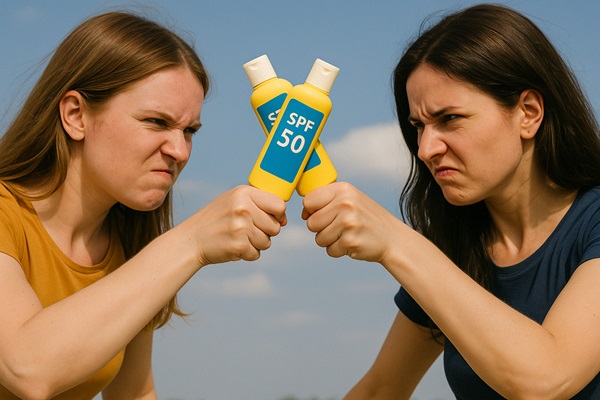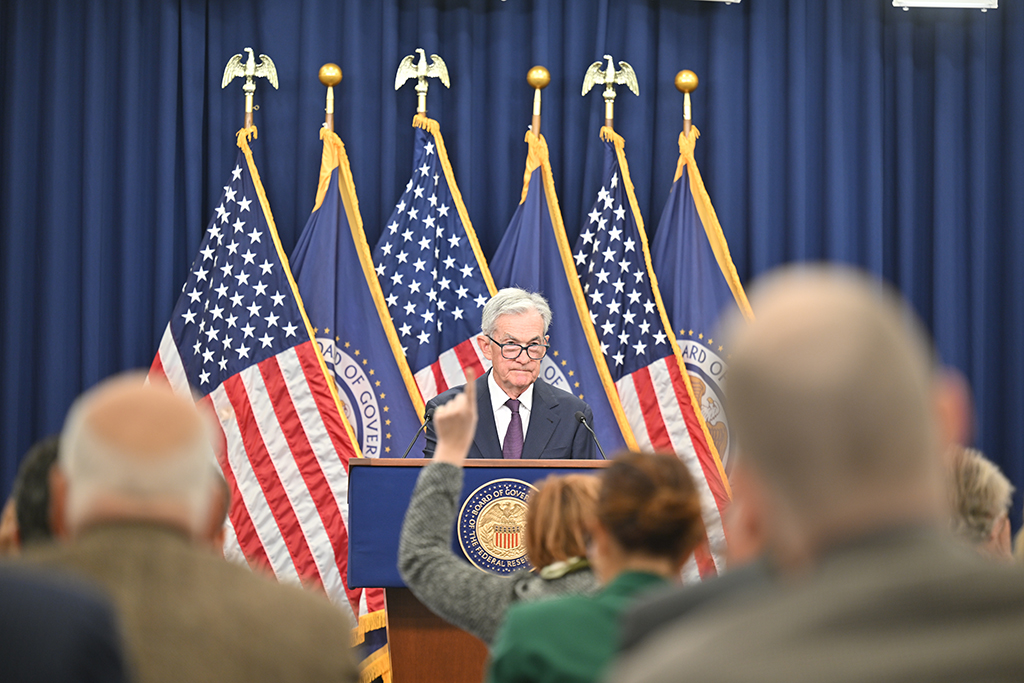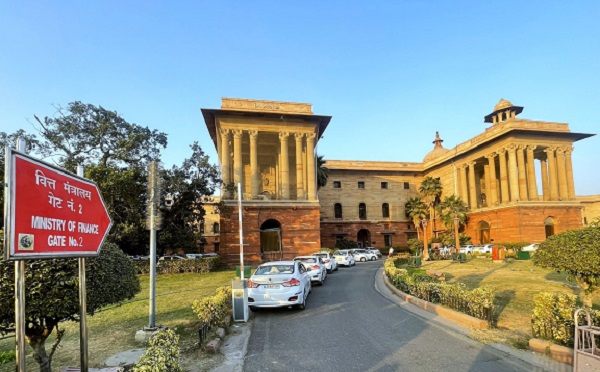.png)

Krishnadevan is Consulting Editor at BasisPoint Insight. He has worked in the equity markets, and been a journalist at ET, AFX News, Reuters TV and Cogencis.
April 21, 2025 at 12:09 PM IST
India's sunscreen market is suddenly too hot to handle—and it's not just the UV index that's rising. What was once a sleepy segment reserved for beach bags has turned into a ₹74 billion battleground, pitting old-money giants such as Hindustan Unilever against digital insurgents like Honasa Consumer, the maker of Mamaearth.
And things just got personal. A courtroom drama erupted after HUL's cheeky "SPF Lie Detector" campaign implied that Honasa's SPF 50 sunscreen might not be as sun-safe as advertised. Honasa fired back with a lawsuit, and the Delhi High Court was not amused, nudging HUL to retreat. The legal sunscreen slapfest may be cooling, but the bigger heat lies elsewhere: trust, transparency, and the science of skincare are emerging as investor battlegrounds.
This isn't your standard category growth story. Sunscreen has been reborn as a daily-use essential thanks to dermatologists, influencers, and, ironically, pollution. The product once sold for vacations is now bought for commutes. That functional shift has expanded the market and redrawn competitive lines.
Legacy players like HUL still dominate offline, holding around 25% of the market. But online, Honasa is winning more than just clicks—it has captured over 30% of sunscreen e-commerce sales. That lead is beginning to show up offline too, with Honasa now available in nearly 200,000 stores.
No wonder the messaging war turned nasty. When margins run 10–15% for daily brands and up to 50% for premium ones, a little SPF puffery becomes financially tempting. Unfortunately, it's also legally dicey.
SPF, after all, is both science and spin. Most consumers couldn't tell UVA from UVB, let alone verify the claims printed on their bottles. Read this WHO primer.
That leaves them caught between dermatological jargon, influencer buzzwords, and now, legal mudslinging.
In India, most sunscreens are regulated as cosmetic products. That means fewer hurdles for ingredient disclosure and efficacy proof. There is currently no maximum SPF value, and disclosure norms are looser than in many developed markets.
The regulatory environment is evolving, with increasing calls for stricter labelling, third-party testing, and alignment with international standards to ensure product efficacy and consumer safety.
For investors, three things matter. First, regulatory heat is coming. Expect higher compliance costs, mandatory disclosures, and even QR-code-level transparency. The advantage will swing to brands that invest in independent validation—not just celebrity ads.
Second, the consumer is becoming sharper. They want climate-appropriate skincare, clinically backed claims, and proof on the label. This raises the bar for innovation and weakens the edge of legacy branding alone.
Third, this isn’t zero-sum. The category is expanding. Both HUL and Honasa are scaling rapidly. Unlike makeup or fragrance, sunscreen has natural stickiness—literally and financially. It’s bought more frequently, used daily, and increasingly considered essential.
This SPF skirmish is just round one. As India’s middle class sweats through longer summers and higher skincare literacy, sunscreen is morphing from cosmetic indulgence into a debate on public health safety.
The brands that win trust—not just shelf space—could be the ones investors end up chasing.




